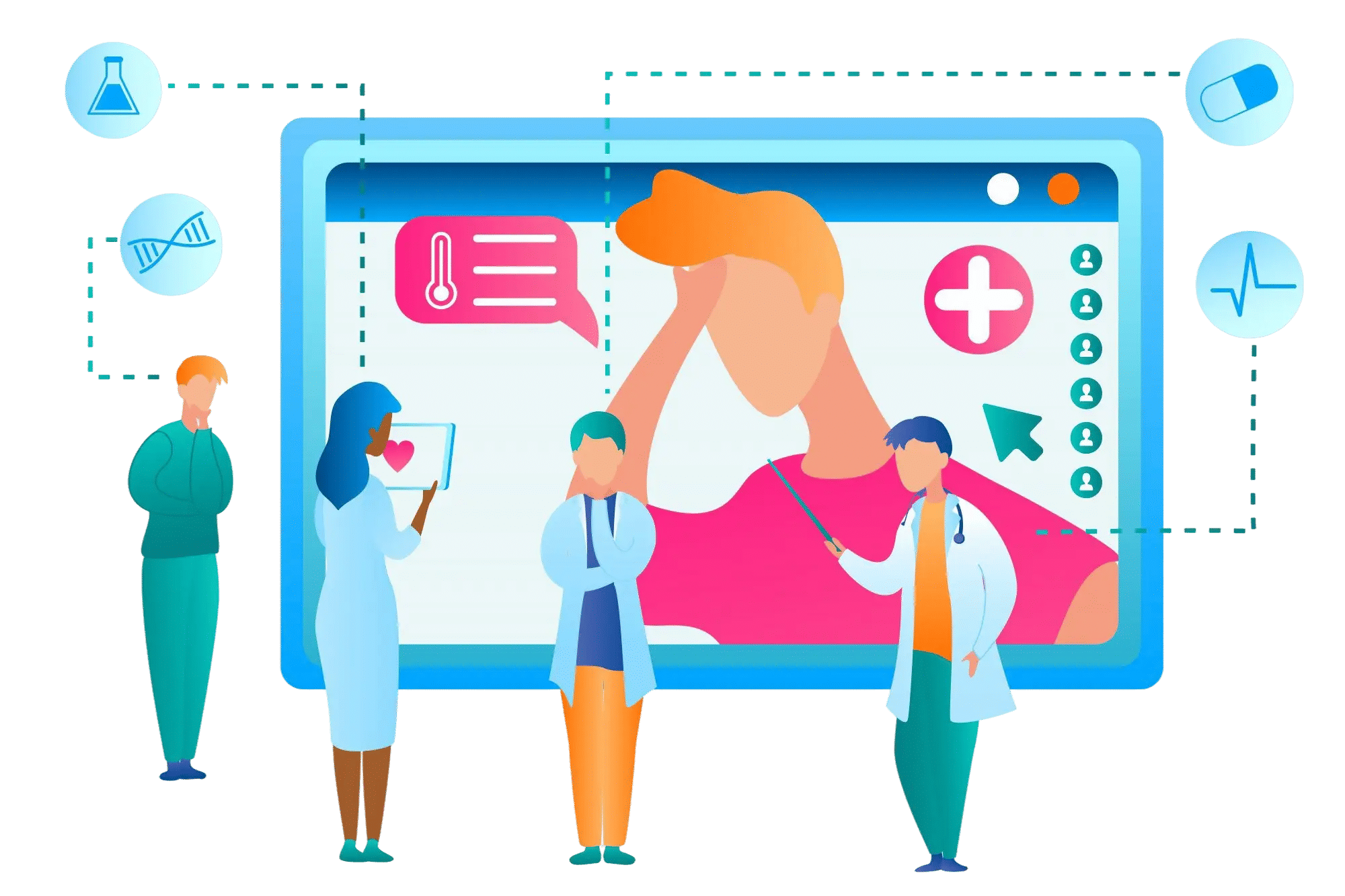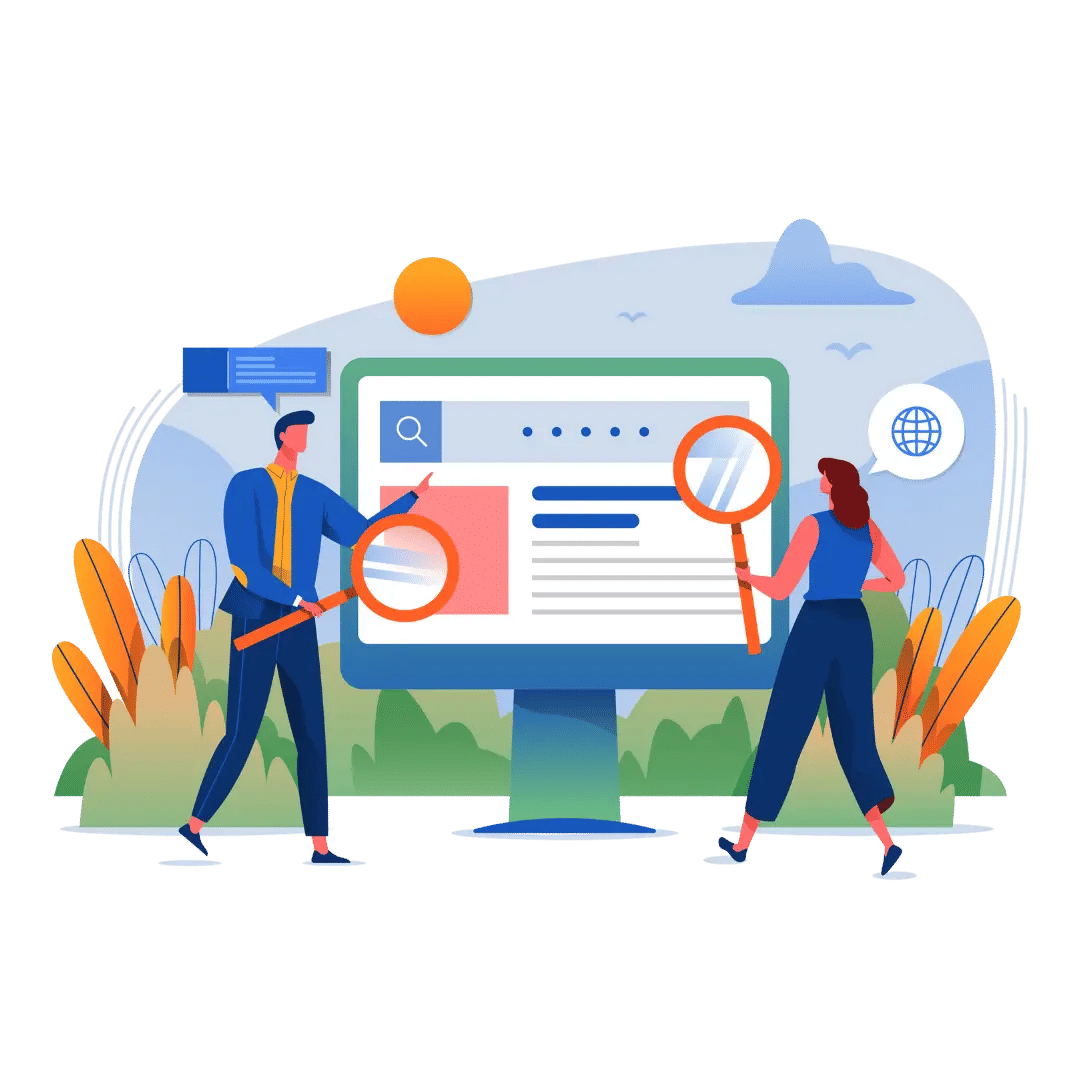Why Digital Staff Directories Are Now Essential in Multi-Specialty Clinics
Digital employee directories are essential in multi-specialty clinics to ensure fast, accurate communication and seamless coordination across departments.

Multi-specialty clinics have grown in both size and complexity. They bring together physicians, surgeons, therapists, diagnostic services, and administrative teams under one roof to offer holistic care to patients. While this model offers convenience and better patient outcomes, it also presents a unique set of challenges—especially when it comes to internal communication and coordination.
One of the most overlooked tools that can address these challenges is a digital staff directory.
This explains why digital staff directories are becoming a must-have for modern multi-specialty clinics. It covers real-world problems, offers practical solutions, and highlights how these tools support both patient care and operational efficiency.
The Growing Complexity of Multi-Specialty Clinics
As clinics scale their services, the number of departments, specialists, and support teams increases. A single clinic may include:
- General physicians
- Cardiologists, neurologists, and other specialists
- Radiology and diagnostic teams
- Front-desk and administrative staff
- Finance, HR, and IT support teams
Keeping everyone informed, reachable, and aligned is critical—but difficult.
In such environments, traditional spreadsheets or printed contact lists quickly become outdated. Staff waste valuable time searching for contact information, tracking down team members, or dealing with unclear reporting lines.
This is where a digital staff directory becomes a powerful solution.
What Is a Digital Staff Directory?
A digital staff directory is a centralized, searchable system that stores up-to-date contact and organizational information for all staff members. It can include:
- Name, title, and department
- Phone number and email address
- Profile photo
- Office location or floor
- Reporting structure (manager and direct reports)
- Working hours and availability
Modern digital directories can be accessed via desktop or mobile, integrated with Microsoft 365, and updated in real time by HR or IT teams.
Why Multi-Specialty Clinics Need It Now More Than Ever
1. Improved Internal Communication
In busy clinics, effective internal communication is not just important—it is critical. Delays in locating a specialist, lab technician, or administrative officer can impact patient care timelines.
A digital directory helps staff quickly find the right person and contact them instantly via phone, email, or chat.
Example: A general physician wants to consult with a cardiologist on a patient case. With a digital directory, they can find the doctor’s contact, availability, and even send a message in seconds.
2. Faster Response in Emergencies
Emergencies can happen at any time. Whether it is a code blue or an urgent lab review, staff must connect with each other quickly. A real-time, mobile-accessible directory allows immediate communication with on-call teams and specialists.
Quick Access = Faster Action = Better Outcomes
3. Better Coordination Between Departments
Multi-specialty clinics often face coordination issues between departments. A digital directory helps reduce friction by clearly showing roles, responsibilities, and reporting hierarchies.
This allows:
- Easier collaboration for multi-disciplinary treatments
- Clear escalation paths
- Less time wasted in internal referrals
4. Supports Hybrid and Rotating Staff Models
Many clinics now operate with rotating shifts, part-time staff, and hybrid work for administrative teams. A paper directory cannot reflect this dynamic environment.
A digital staff directory provides:
- Real-time updates
- Visibility of who is in the clinic, working remotely, or on leave
- Shift-based filtering (e.g., morning shift ENT specialists)
This helps reduce confusion and ensures smoother workflows.
5. Simplified Onboarding for New Employees
When new employees join the clinic, one of the biggest hurdles is understanding “who’s who.” A smart directory helps new team members:
- Understand the structure of the clinic
- Locate key people by department
- Connect easily with peers and managers
This not only saves time but also helps new staff feel included and confident.
6. Reduces IT and Admin Workload
Without a digital directory, HR and IT teams receive frequent requests:
- “Can you share Dr. Ramesh’s extension?”
- “Who is the floor manager today?”
- “I need the contact of the radiology lead.”
A searchable staff directory reduces these repetitive queries by making the information accessible to all.
7. Ensures Data Accuracy and Compliance
Outdated staff records lead to errors in communication and confusion during audits. A digital directory:
- Keeps information updated via integrations with HR and payroll systems
- Assigns access rights and data visibility
- Supports audit logs for compliance (especially important in healthcare)
8. Boosts Employee Engagement
When employees can easily connect across departments, it builds trust and improves collaboration. A digital directory with profile photos, short bios, and team pages can also add a human touch to internal networks.
This is especially helpful in large clinics where staff may not know colleagues from other departments.
Turn job seekers into team stars — with a bold recruitment marketing strategy that draws in talent, builds trust, and fills roles fast.

Key Features to Look For in a Digital Directory for Clinics
Choosing the right digital employee directory for your multi-specialty clinic requires more than just a list of names and phone numbers. The tool should support the dynamic needs of a healthcare environment, where timely communication and real-time updates are essential. Here are the key features to consider:
Real-Time Updates
Your directory should allow HR or IT teams to make changes instantly. Whether it is a role change, new hire, or contact update, the system must reflect these changes in real time across all platforms.
Search and Filter Options
In busy clinics, quick access to specific information is critical. Look for directories that allow users to search by name, department, job title, shift, or floor location.
Mobile Accessibility
Doctors, nurses, and support staff are often on the move. A mobile-friendly directory or dedicated app ensures they can access the information they need—anytime, anywhere.
Department and Role-Based View
It is important to group staff by medical departments or support functions. This structure allows users to understand team layouts and responsibilities easily.
Integration with Microsoft 365 or HR Systems
Integration helps sync employee data automatically, reducing manual errors and saving time for your administrative teams.
Organizational Chart
A built-in org chart provides a clear view of reporting structures, which is essential for escalation, referrals, and team alignment.
Role-Based Access Control
Not every staff member needs access to all information. Choose a directory that allows admins to control visibility based on role or department.
Profile Details with Photos
Including photos and short bios fosters familiarity and improves internal engagement, especially in large clinics where not everyone knows each other.
Investing in the right features ensures your digital directory becomes a valuable tool for efficiency, coordination, and care delivery.
Challenges Solved by a Digital Directory
Multi-specialty clinics face daily communication and coordination hurdles that can slow down operations and affect patient care. A digital staff directory addresses these challenges efficiently:
Outdated Contact Lists
Traditional printed directories go out of date quickly. A digital solution ensures real-time updates and accurate information across departments.
Difficulty Reaching the Right Person
Staff often struggle to find the correct contact, especially in large clinics. A searchable directory allows instant access to names, roles, and contact details.
Confusion Around Reporting Structure
Without clear visibility into team hierarchies, escalations can get delayed. A digital directory displays organizational charts and reporting lines clearly.
Overloaded HR and Admin Teams
Constant queries like “Who handles radiology billing?” burden HR. A self-serve directory reduces these requests by putting answers at employees’ fingertips.
Poor Onboarding Experience for New Staff
New hires often feel lost in unfamiliar departments. A staff directory helps them connect with team members and understand clinic structure from day one.
Inefficient Cross-Department Collaboration
With clear visibility into other departments, staff can coordinate better for shared patient cases or internal projects.
A digital directory improves speed, accuracy, and internal satisfaction across the board.
A Quick Look at the Impact
20% reduction in time spent searching for contact details
30% fewer internal queries to HR and IT teams
Higher response times in emergency or patient care situations
Shorter onboarding time for new employees
Increased satisfaction scores in internal engagement surveys
Conclusion
In healthcare, every second matters. Whether it is coordinating between specialists, assisting patients faster, or ensuring smooth operations, internal communication plays a vital role.
A Employee directory 365 is not just a convenience—it is a necessity for modern multi-specialty clinics. It brings clarity, speed, and confidence to daily operations.
Struggling to hire great professionals?
A strong recruitment marketing strategy wins hearts, builds trust, and fills roles before your competitors even blink.
Frequently Asked Questions
Is a digital directory secure enough for healthcare settings?
Yes. Choose a solution that offers role-based access, data encryption, and compliance support such as HIPAA or GDPR.
Can we integrate the directory with our HR software?
Most solutions offer integration with popular HRMS and Microsoft 365 platforms to sync employee data automatically.
What happens when staff leave or change roles?
Authorized HR or IT admins can update, deactivate, or transfer profiles in just a few clicks.
Will it work on mobile devices for doctors on the go?
Yes. A good directory system comes with a mobile-friendly interface or app for quick access.
Do I need technical skills to manage it?
Not at all. Most platforms are built for non-technical users with easy admin panels.




















